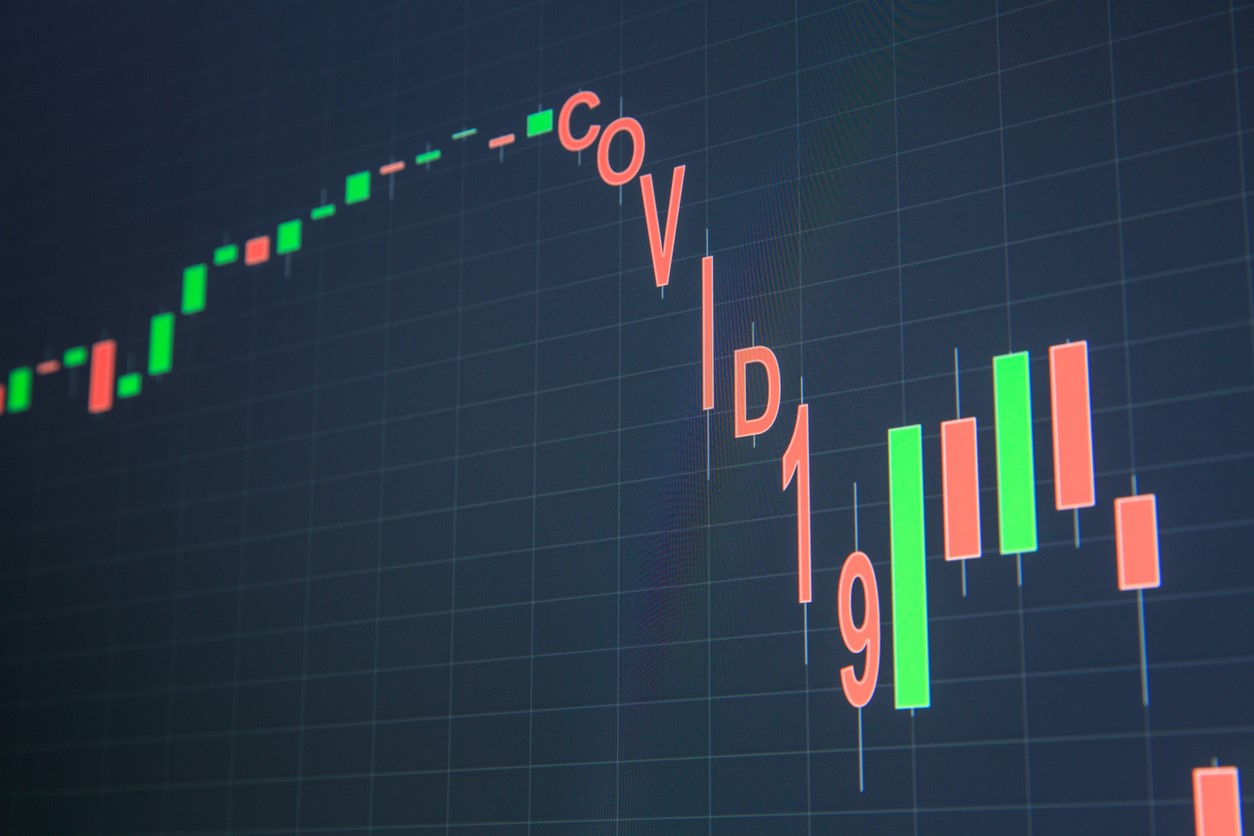
- What did the stock market do last week as the Economic Uncertainty Index hit an all-time high? Rally more than 12% of course! Signs of a plateau in the outbreak of the COVID-19 virus both here and around the world were the primary drivers of last week’s gains in the equity market. But no one really knows what’s next for the economy, and not knowing is dangerous for investors. We still do not know what the economic fallout will be, what earnings will look like, the course of vaccine trials, and possible virus resurgences. That’s a lot of uncertainty for investors to accept on top of valuations that have risen again to fully-priced levels. The defining feature of stock markets is that they are forward-looking. The latest rally, however, may have been all about the present – with absolutely nothing to say about the future.
- One way to identify ‘value’ in the stock market is to compare the average S&P 500 stock price to the average analyst price target for that stock. The wider the gap, the more potential (and expected) price appreciation for that security. For example, if the average stock price in the S&P 500 is $95 with an analyst price target of $100, the estimated appreciation is about 5%. And that is about where things stood at the end of 2019 – roughly 5.5% expected price appreciation by Wall Street analysts for the average S&P 500 stock. That was the lowest price appreciation estimate in 20 years and pointed to a very richly priced market. By contrast, at the recent market bottom on March 23rd, the average projected gain was 54.9% for each stock in the S&P 500 – one of the widest gaps on record. Where do we stand today? The current spread between share price and price target is just 13.6%, which tells us this rally has gotten ahead of itself given the tremendous risks going forward. We expect a pullback from these overbought levels and still would not rule out a retest of the recent lows (source:Bespoke Investment Group).
- This week starts earnings season for the first quarter, which will also include forecasts for the rest of the year. But for many companies, the forecast will be for 2020 revenues, not earnings. Earnings will plummet for many companies in 2020, and forecast revenues will give a better glimpse into potential future earnings power.
Surprisingly, FactSet projects only a 9% year-over-year decline in earnings for 2020 compared to 9.2% estimated growth at year-end. This strikes us as way too optimistic and pales in comparison with the S&P 500 profit forecast by some of the big banks. For example, Bank of America Global Research projects a 29% drop for 2020 and Goldman Sachs 33% (with a 57% decline as their worst case scenario). It is safe to say that 2020 profit estimates have become irrelevant to investors; the focus is now on 2021. Can next year’s earnings resume to normal levels? It is far from a sure thing.
